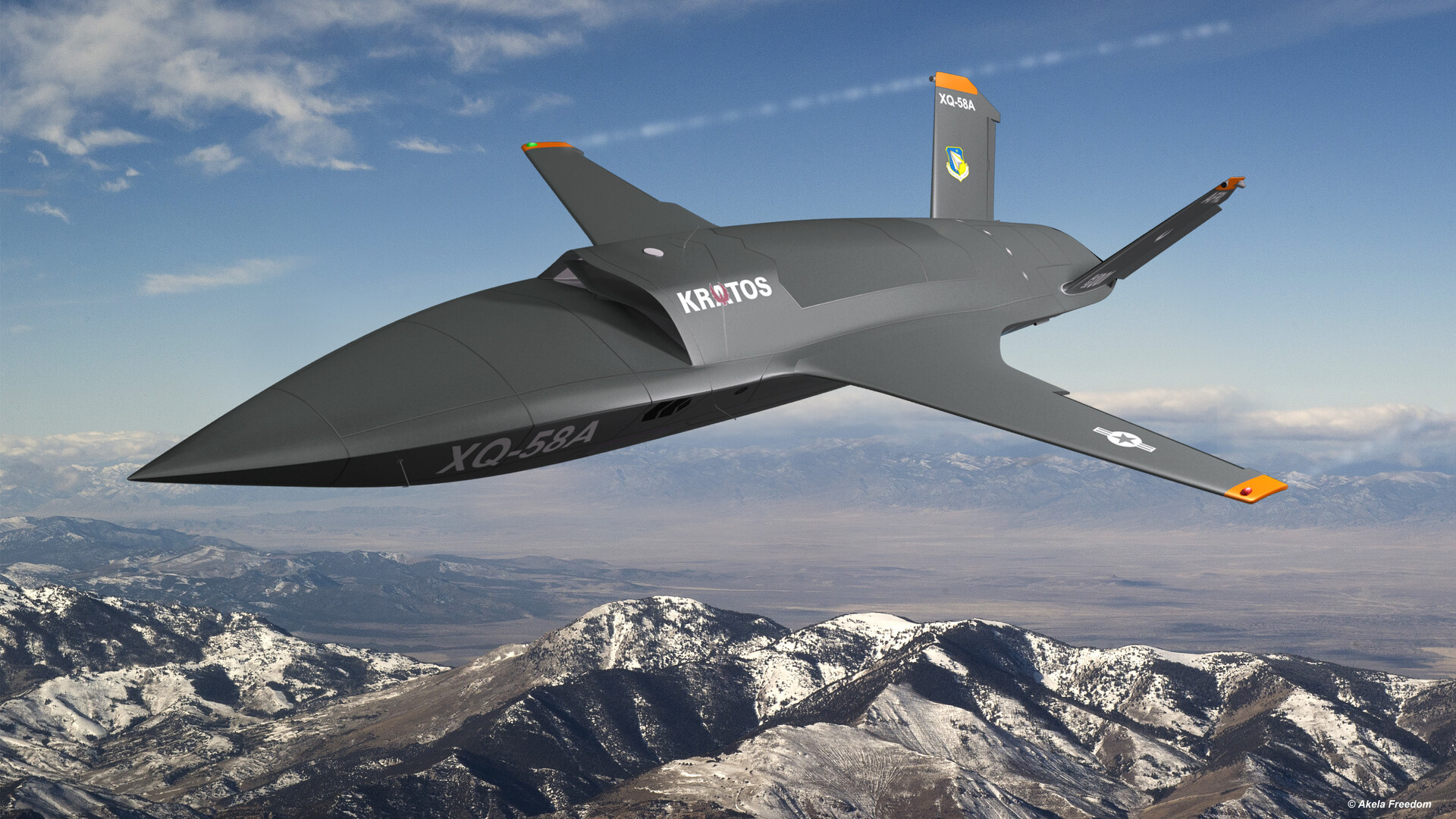The US’ long-cherished dream Of Flying F35 and F22 Raptor together in combat situations finally comes true. The US Air Force is currently developing its new Advanced Battle Management System (ABMS) to ensure there is greater communication between two of its most advanced fifth-generation stealth fighter jets.
Boeing F/A-18 Super Hornet ‘Ready’ For Indian Navy As It Clears ‘Ski-Jump’ Test
Developed by Maryland-headquartered aerospace giant Lockheed Martin, the F-35 Lightning II, and the F-22 Raptor are considered the most advanced fighter jets because of an array of state-of-the-art features they possess.
The Raptor with its supercruise speed, air-to-air maneuverability, and dogfighting superiority, is intended to support and fly alongside the F-35. Similarly, the F-35 was supposed to support the Raptor with its computing, advanced sensors, and precision-weapons capabilities.
However, the US Air Force has faced several hurdles when it comes to real-time information sharing between these two different types of combat jets because of compatibility issues.

One of the factors is the presence of low-observability or stealth features on both the fighters, which help them evade radars. Each of the fighters possesses a unique low probability of detection/low probability of interception (LPD/LPI) communications system.
While the Raptor relies upon a datalink called Inter-Flight Data Link (IFDL), the F-35 operates with Multi-Function Advanced Data Link (MADL).
Now, with each system using its own “language” to communicate or share sensor data, there is a lack of compatibility between the two. This means that while the Raptors and F35s can communicate with their own fleets, a Raptor can’t share data with an F-35.
Earlier, there had been plans to upgrade the Raptors with the MADL system, but it never took place. The US Air Force had also tried to resolve the problem using Link-16 but it didn’t yield any results either.
Link-6 is a network through which combat aircraft, ships, and ground forces exchange their tactical data in near-real-time.
It is used by NATO and nations allowed by the MIDS (Multifunctional Information Distribution System) International Program Office (IPO). MIDS is a NATO jargon for the Link-16 network.
Link 16 is a legacy system and cannot be used to share the most sensitive information. On top of that, it uses a different language that needs translation before sending a message.
It was only recently that the F-22s acquired full compatibility with Link-16. Earlier it had ‘receive-only’ capability, as transmitting a Link 16 message could reveal the fighter’s position.
How ABMS Works?
The ABMS system, which is being developed, will pave the way for increased communication between the fighters and could fulfill the US Air Force’s long-cherished dream of fielding the two fighters together to exploit their maximum potential.
The ABMS is a cloud-based data-sharing network that connects the country’s armed forces during multi-domain operations (MDO) across land, sea, space, and cyberspace. Hence, ABMS is an integral part of the ‘joint all-domain command and control’ mechanism.
The system facilitates the use of technologies for collecting, analyzing, sharing information, and making decisions swiftly in real-time during future war scenarios.
The ABMS program, which is overseen by the Rapid Capabilities Office of the US Air Force, has been testing and evaluating newer technologies for the purpose.
The most recent experiment was conducted in Arizona earlier this month, during which ‘GatewayONE’ was installed on the XQ-58A Valkyrie stealth drone and tested with an airborne F-22, and an F-35A, and a US Marine Corps’ F-35B.

The GatewayONE is a payload that has been primarily designed to translate information between MADL and IFDL, thereby allowing the two fighters to communicate in their own native secure digital language.
Lieutenant Colonel Eric Wright, a 59th Test and Evaluation Squadron F-35 pilot, said the GatewayONE was a big step towards improved connectivity between the two fighters in the future.
“The GatewayONE payload really showed what’s possible and helped us take a big step towards achieving (Joint All-Domain Command and Control),” he said.
This critical capability provides additional connections between USAF’s advanced fighters and other forces and battle managers across all domains, Wright maintained. “GatewayONE will allow the F-22 and F-35 to connect to and feed data sources they’ve never before accessed.”
Follow EurAsian Times on Google News




